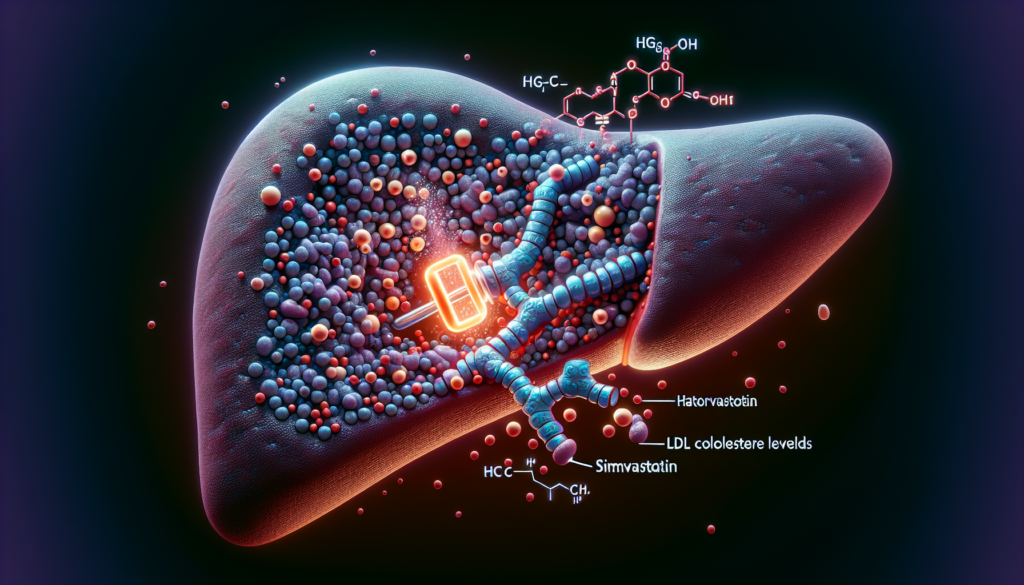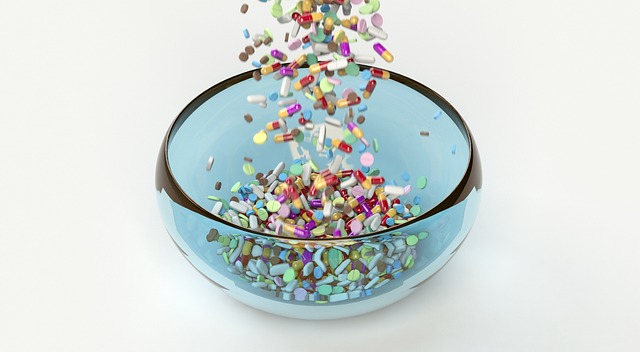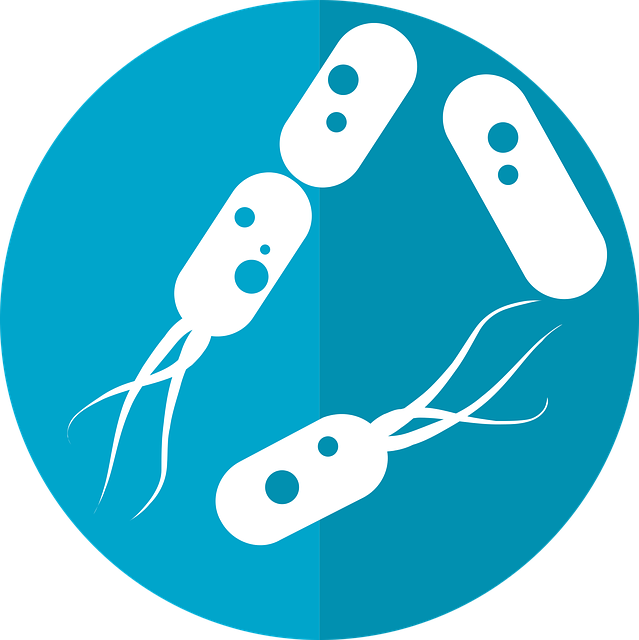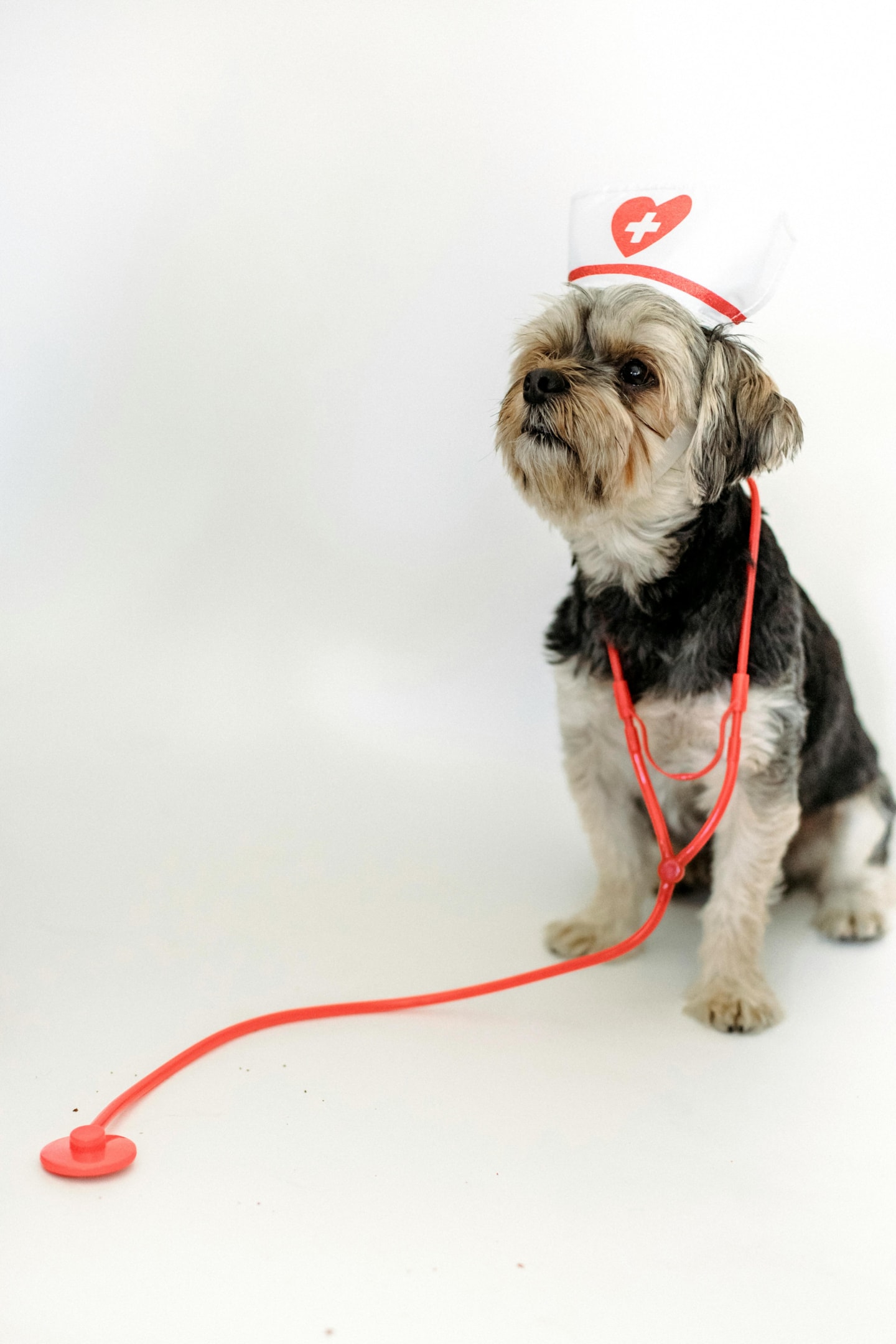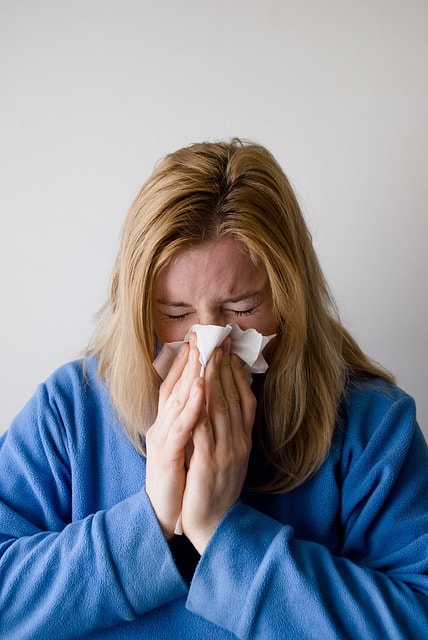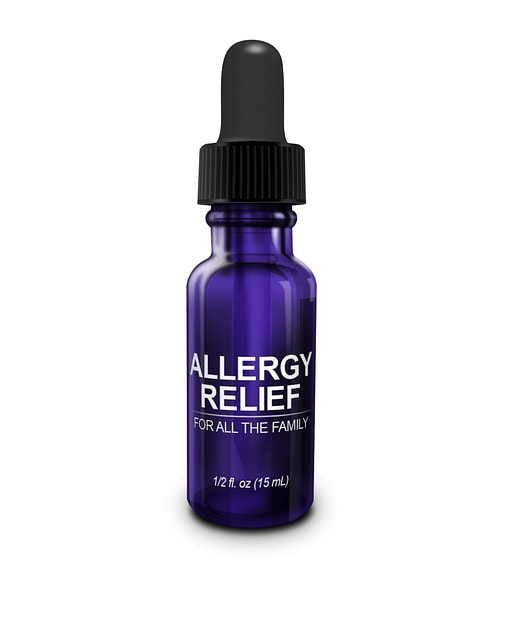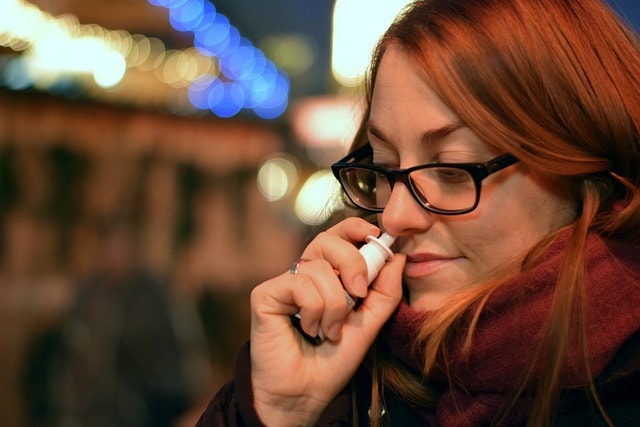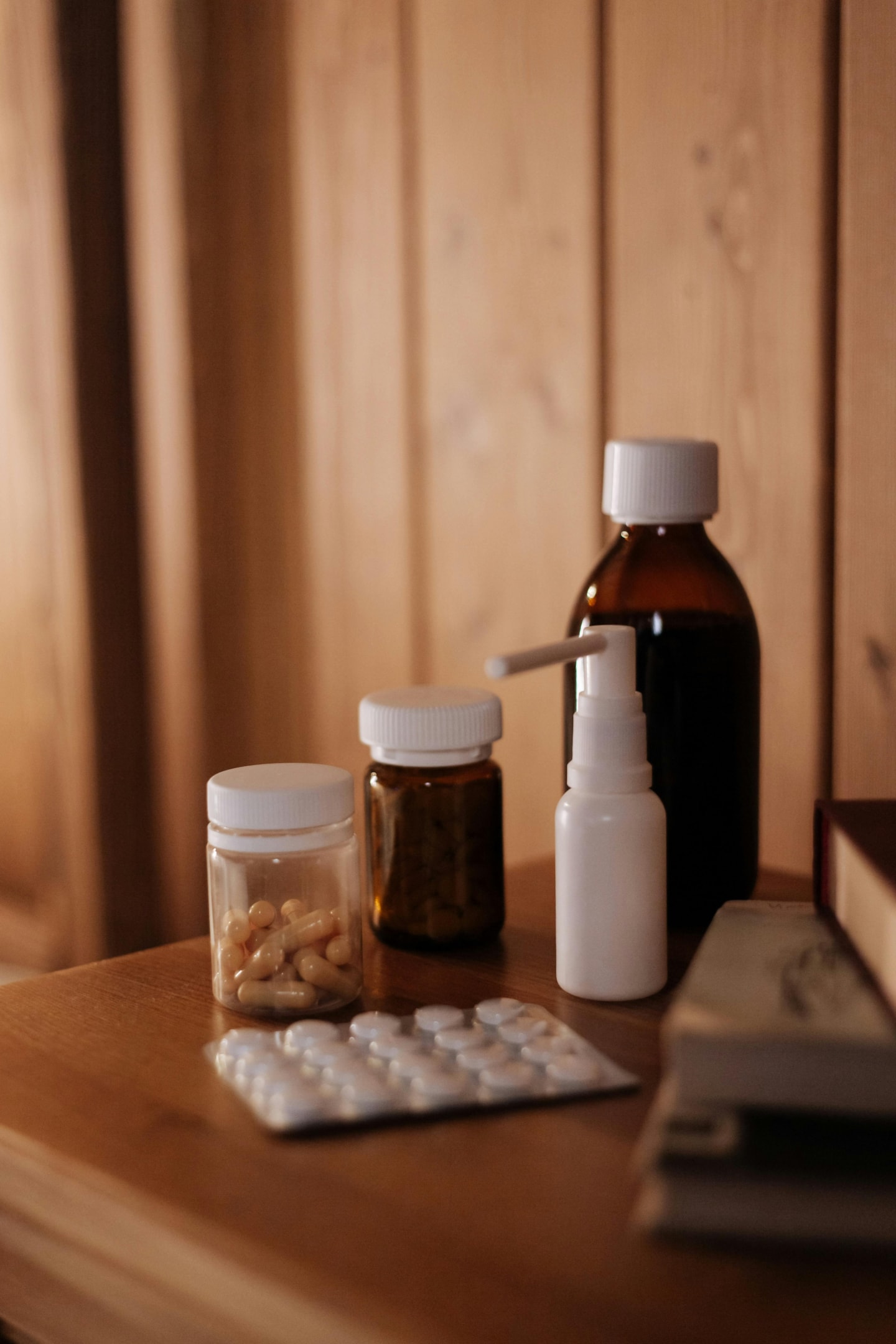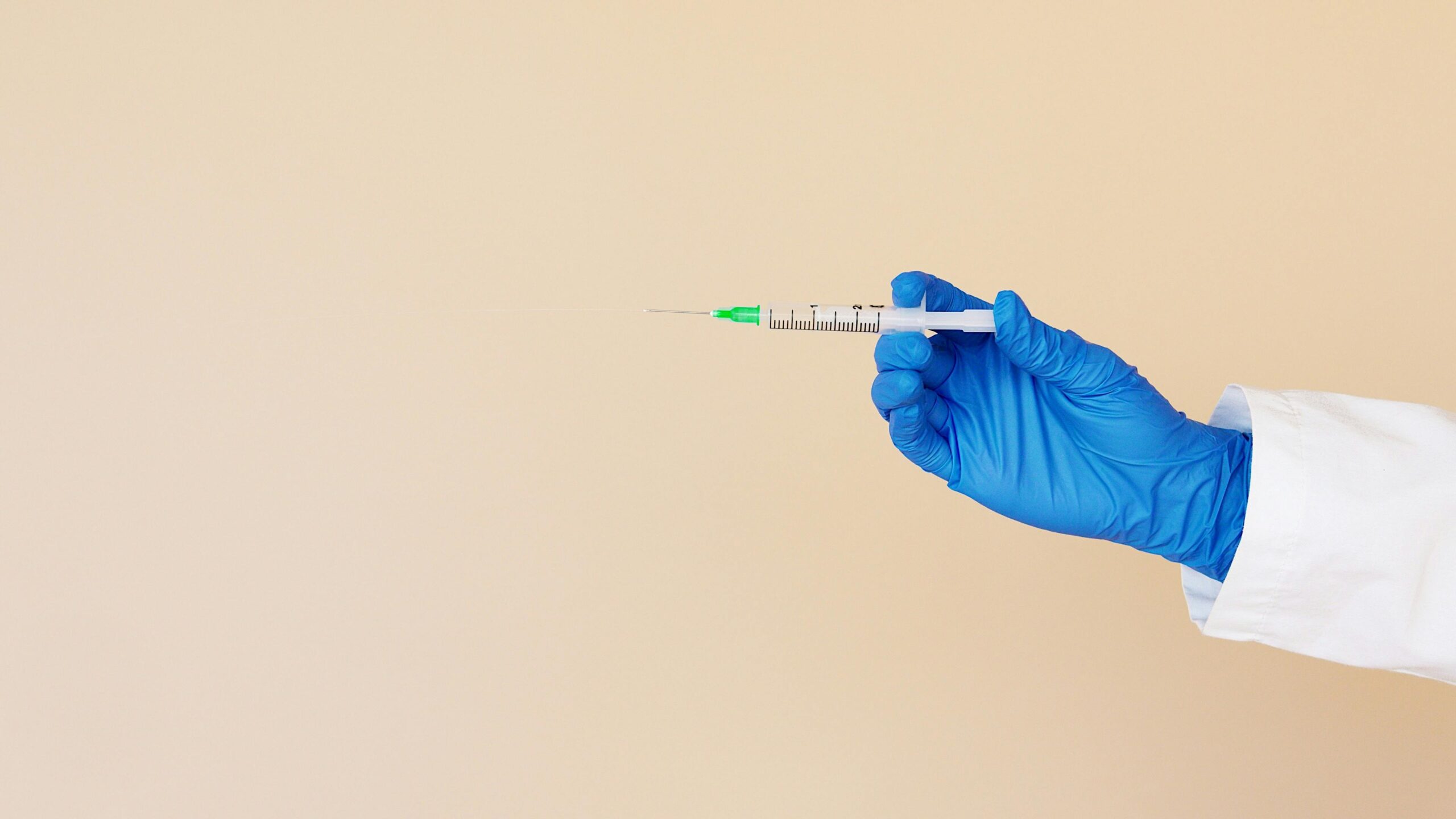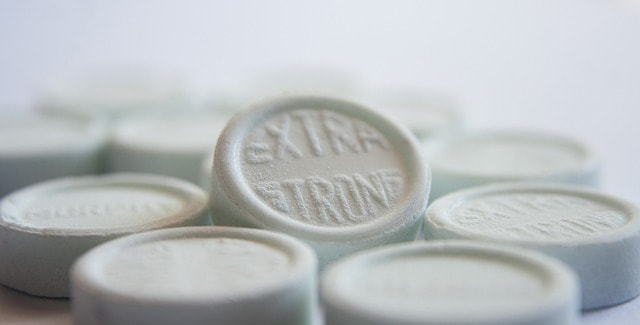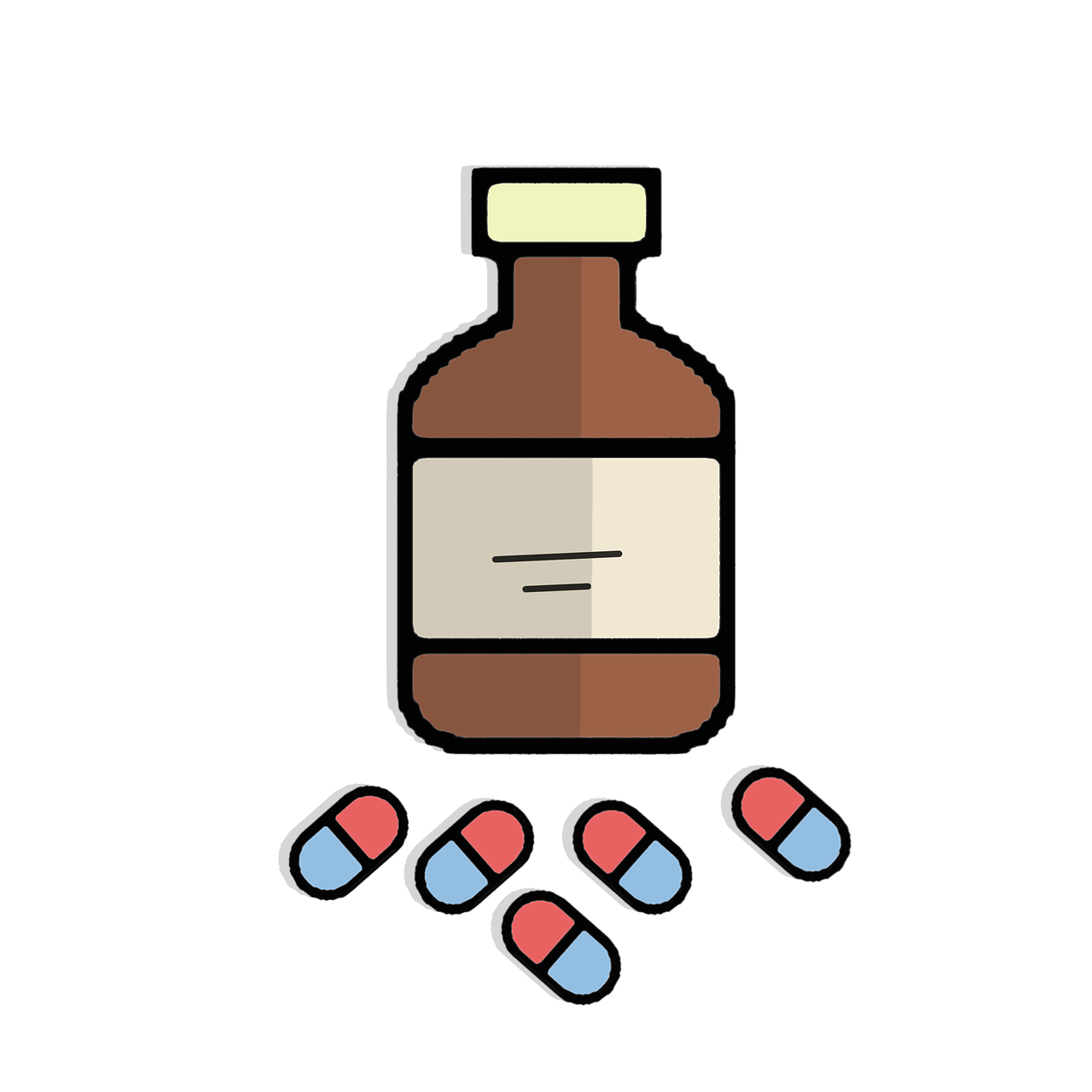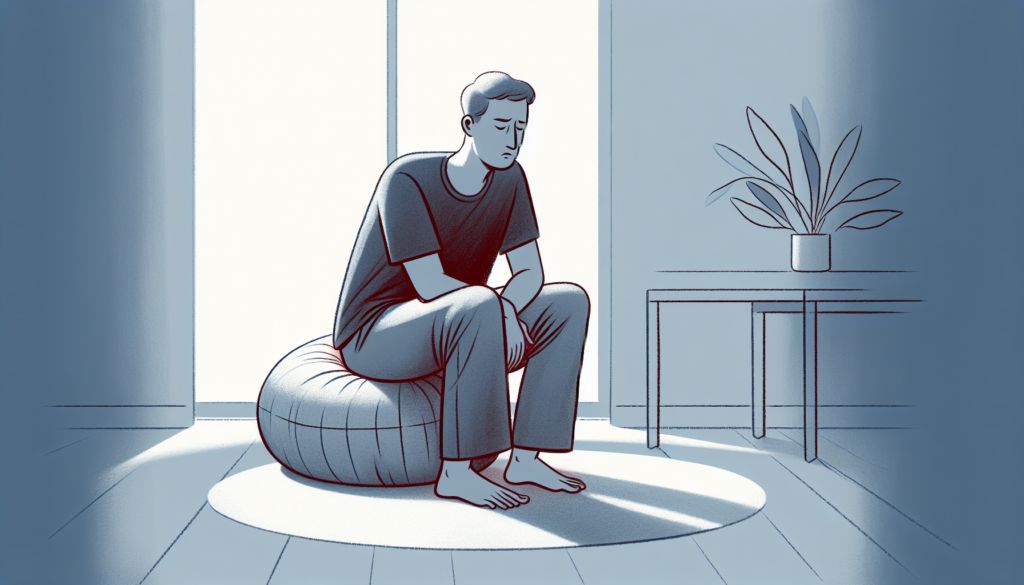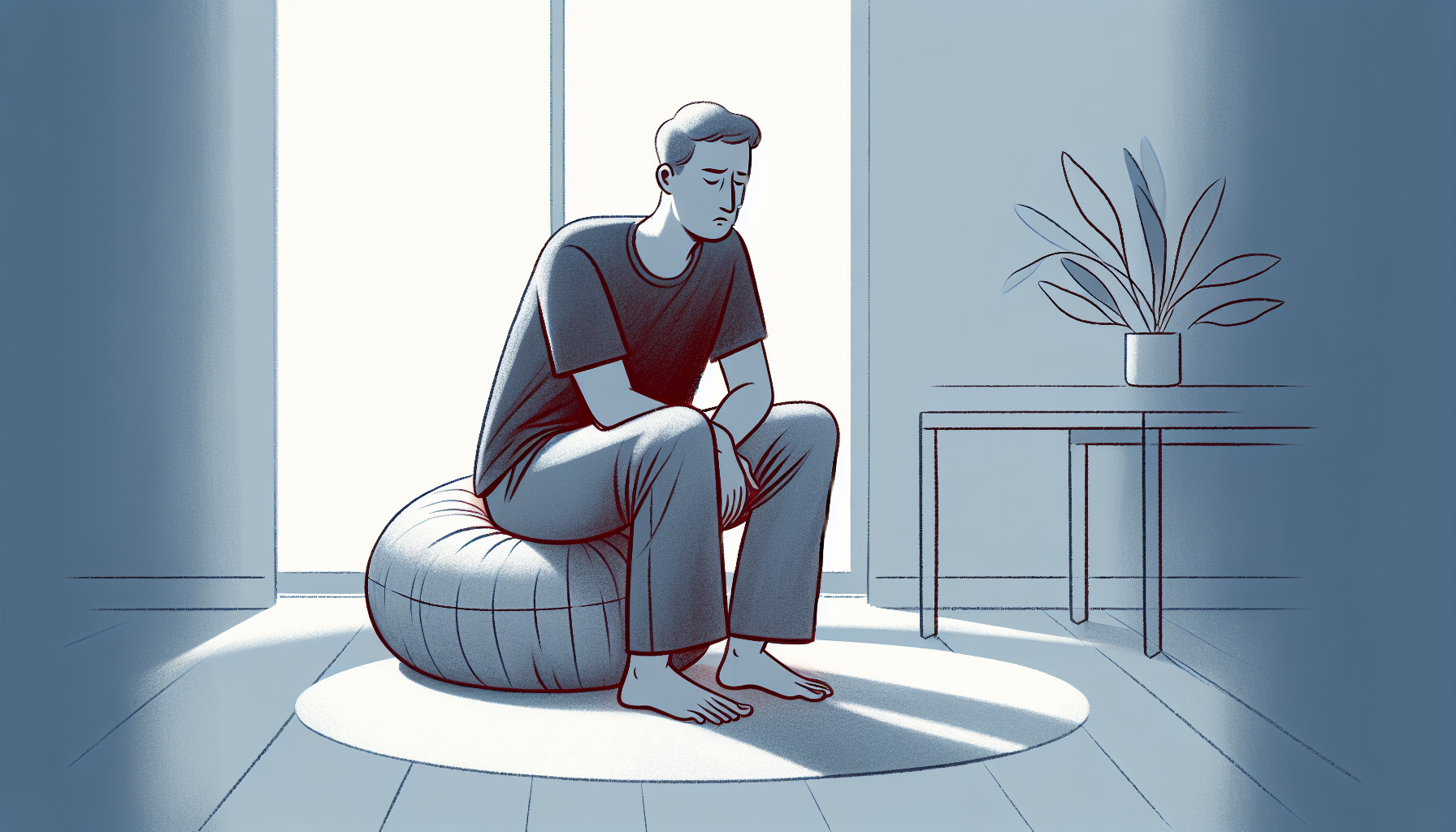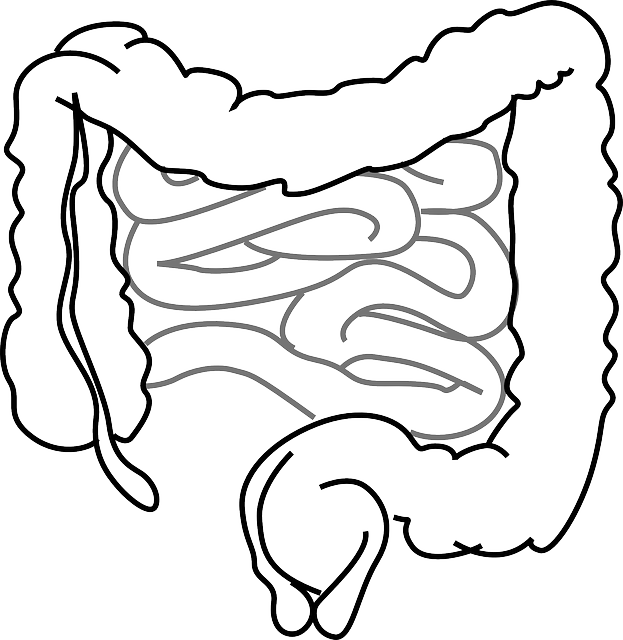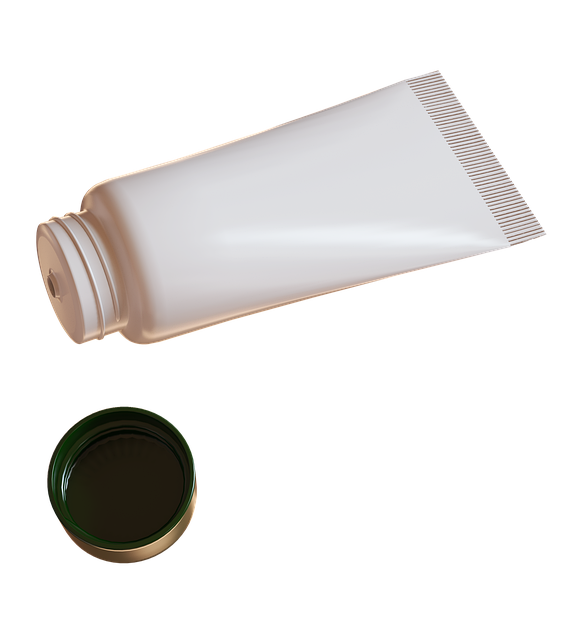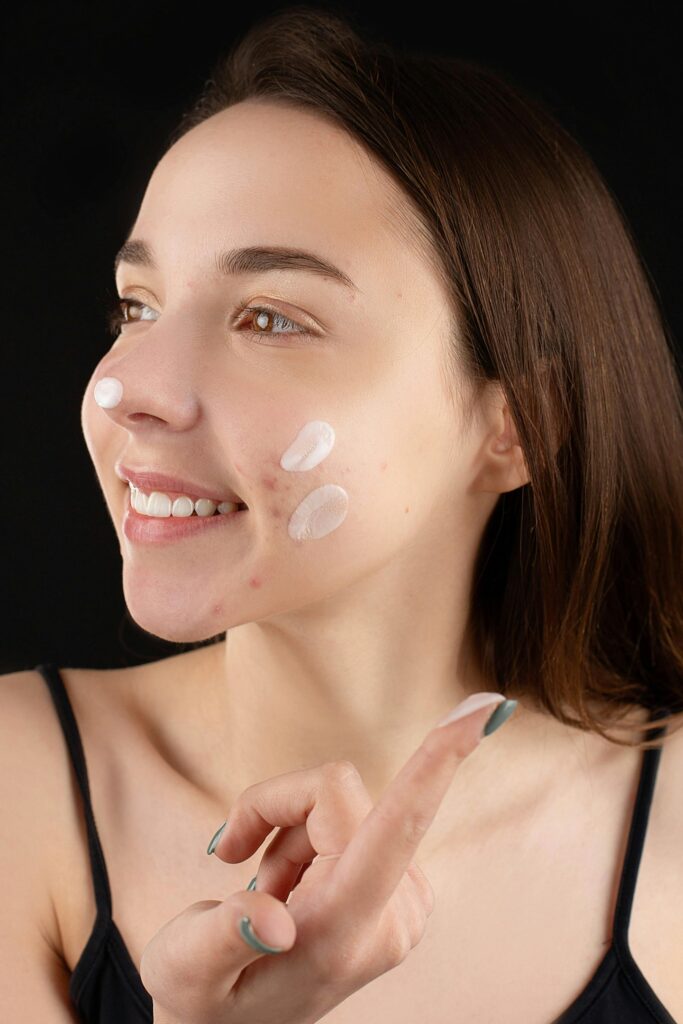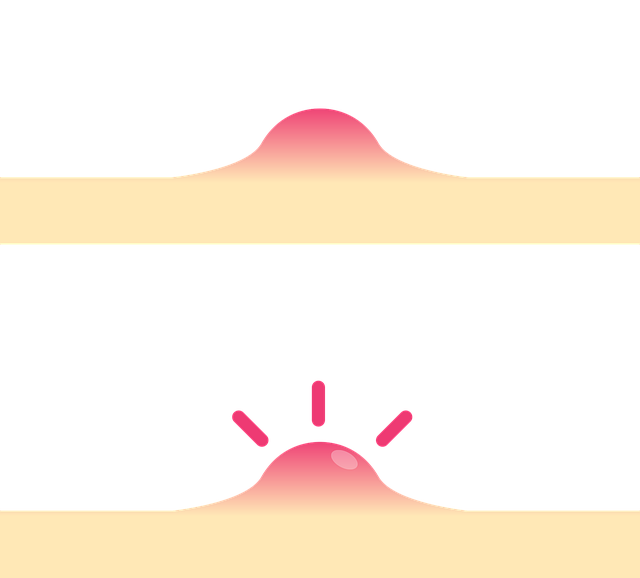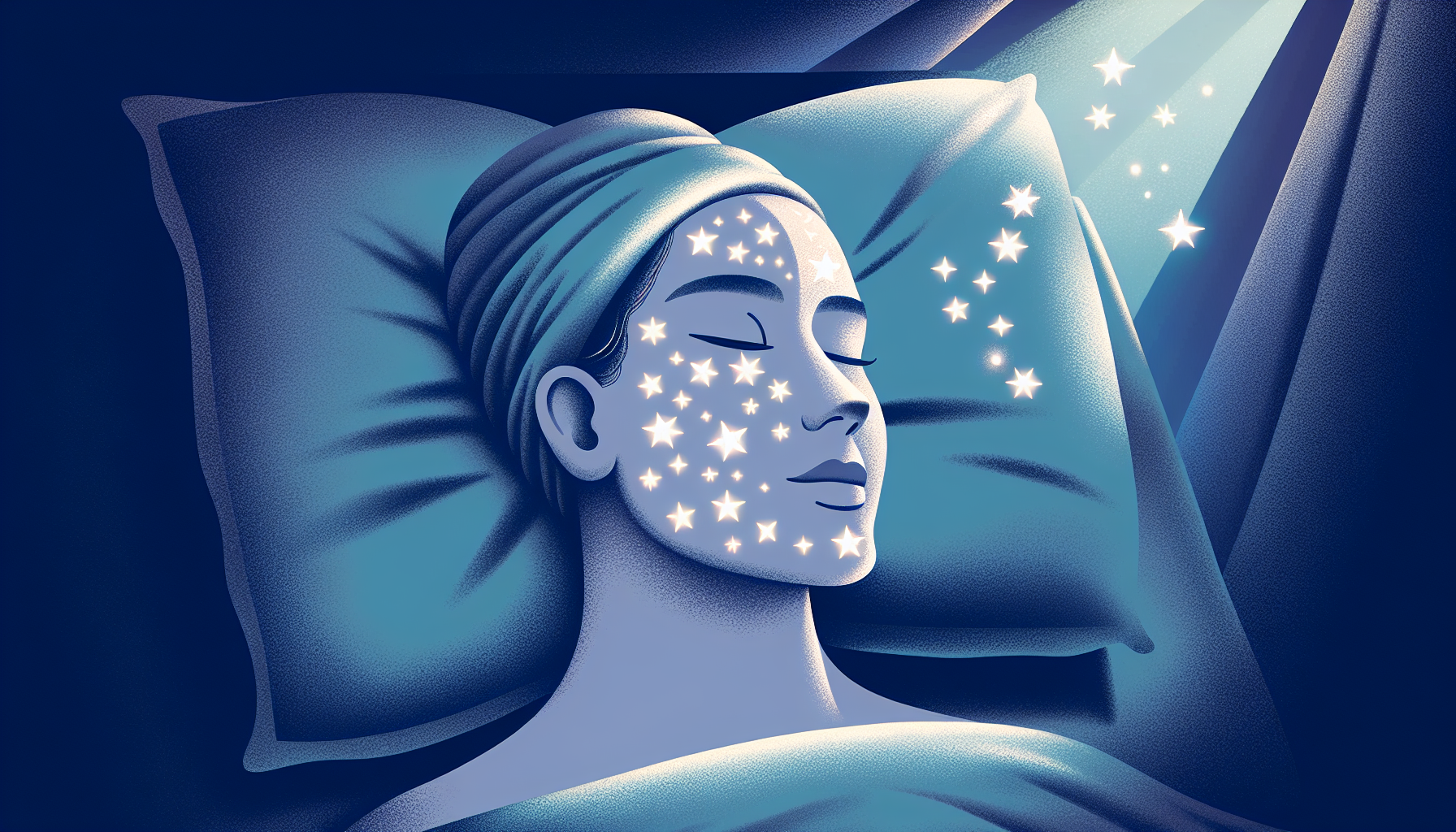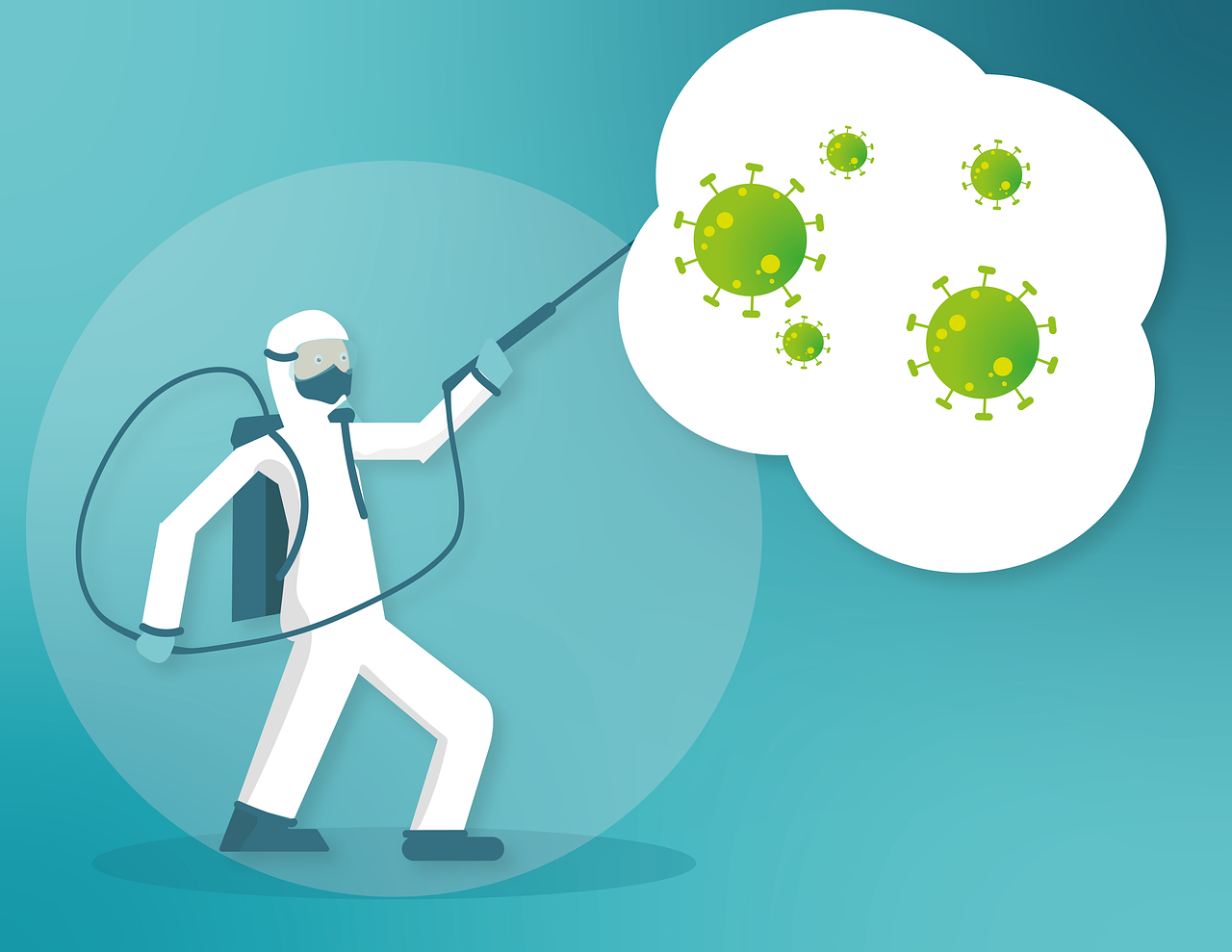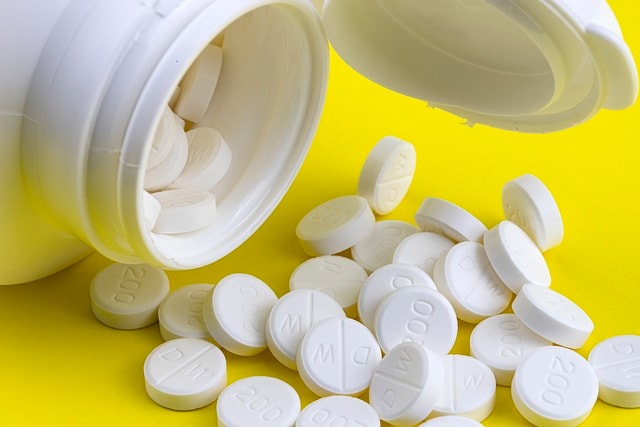Exploring the Differences: What is the Difference Between Atorvastatin and Simvastatin for Your Cholesterol?
Exploring the Differences: What is the Difference Between Atorvastatin and Simvastatin for Your Cholesterol?


Knowing the specific medication options and their differences is crucial when managing cholesterol. “What is the difference between atorvastatin and simvastatin?” is a common question patients ask. Atorvastatin and Simvastatin are two widely prescribed statins with distinct properties. This article delves into their primary differences, examining potency, dosage variations, side effects, and potential drug interactions. If you want to understand the difference between atorvastatin and simvastatin, our comparison will give you clarity on discussing these options with your healthcare provider.
Key Takeaways
Atorvastatin is generally more potent than simvastatin, enabling it to lower cholesterol more effectively at comparable doses, but both have FDA approval for reducing cholesterol and managing heart disease risk.
Potential side effects, such as muscle pain and liver enzyme elevation, are important statin considerations; healthcare providers must monitor individual responses and risks regularly.
Insurance and generics influence the cost and accessibility of atorvastatin and simvastatin; prescription discount cards offer additional savings, and therapy adjustment is based on efficacy and tolerance over time.
Understanding Atorvastatin and Simvastatin

Our combatants against elevated cholesterol, atorvastatin and simvastatin, belong to the statin category. These drugs act as HMG-CoA reductase inhibitors, essentially obstructing a key liver enzyme responsible for producing cholesterol. Their function helps diminish the creation of low-density lipoprotein (LDL) cholesterol — infamously known as “bad” cholesterol because it can accumulate within arterial walls.
Like its relative atorvastatin, simvastatin is committed to curtailing cholesterol synthesis. This effort helps lower overall LDL cholesterol levels and reduces potential threats to heart health, such as strokes or heart attacks, by decreasing the likelihood of cardiovascular complications.
The Role of Statins in Cholesterol Management
Both atorvastatin and simvastatin are part of the statin family, renowned for being the go-to intervention in battling high cholesterol. As front-line agents in lipid regulation, these drugs excel by targeting the liver’s HMG-CoA reductase enzyme. This action reduces LDL cholesterol production and plays a vital role in maintaining healthy blood cholesterol levels—offering protection against cardiovascular diseases.
Are you curious about how this process benefits us? Lowering bad LDL cholesterol while balancing it with beneficial high-density lipoprotein (HDL) minimizes the accumulation of fatty deposits within our blood vessels. Consequently, statins facilitate smoother circulation and lower the chances of life-threatening clots forming that could precipitate heart attacks or strokes.
Atorvastatin vs. Simvastatin: Potency and Prescription Details
Atorvastatin and simvastatin exhibit distinct characteristics, while part of the statin family is used to manage cholesterol levels. In particular, atorvastatin is known for its greater potency relative to simvastatin in reducing cholesterol. Consequently, at equal doses, atorvastatin can more effectively lower cholesterol concentrations in the blood. For beginning treatment with simvastatin, 20 mg or 40 mg may be prescribed. With atorvastatin, initial dosages might include options such as 10 mg, 20 mg, 40 mg, or even a robust dose of 80 mg.
When it comes to simvastatin’s available strengths, they comprise:
A minimal strength of 5mg
Intermediate dosages include:
The moderate option of a single score unit (10mg)
Double that value (20mg)
Quadruple (40mg)
On the higher end, an octuplet dosage variation comes in strong at eighty milligrams.
Providing these assorted dosage levels allows physicians significant leeway when determining precise medication plans tailored for each patient’s unique needs — akin to artists selecting just the right brush stroke width for their canvas masterpiece — enabling practitioners to aptly individualize statin therapy towards achieving maximum efficacy in controlling patients’ lipid profiles.
FDA-Approved Uses
The U.S. Food and Drug Administration (FDA) has endorsed both atorvastatin and simvastatin for the primary prevention of cardiovascular diseases and for addressing acute coronary syndrome, including various acute coronary syndromes. Simvastatin is available under the brand name Zocor. It has been sanctioned to help lower high cholesterol in adults by targeting a reduction in total cholesterol, LDL-cholesterol, and Apo B levels.
The FDA authorizes simvastatin for children aged 10 to 17 with heterozygous familial hypercholesterolemia to diminish their total cholesterol, LDL cholesterol, and Apo B levels. This approval underscores the broad applicability of these drugs in managing high cholesterol across a diverse range of ages.
Comparative Dose Efficacy Study

Delving in-depth, we consider a randomized controlled trial that assessed the relative dose effectiveness of atorvastatin, simvastatin, and pravastatin. The study involved three distinct groups, each comprising 20 patients suffering from hyperlipidemia. Two groups were specifically designated for atorvastatin and simvastatin. Participants received 20 mg doses of either atorvastatin, simvastatin, or pravastatin in an open-label study with randomization in parallel groups.
The findings highlighted how atorvastatin fared against regimes based on simvastatin.
A reduction in total cholesterol by anywhere between 31% to 40%, alongside slashing levels of LDL cholesterol by about 38% to 45%, was observed with simvastatin;
Conversely, regimens rooted in simvastatin curbed total cholesterol within a slightly lower bracket, ranging from approximately 25% to 31%, while cutting down LDL cholesterol figures between roughly thirty-one percent and forty-nine percent.
Furthermore, there are numerous reasons for it.
Atorvastatin’s ability to achieve the predetermined studying goal for LDL cholesterol, 2.5 mm/l, superseded simvastatin’s.
Clinical Trial Insights
A comparative dose efficacy study has shed light on the relative effectiveness of atorvastatin and simvastatin in clinical trials, particularly regarding their capacity to reduce LDL cholesterol levels. Clinical trial findings show that atorvastatin tends to be more potent than simvastatin. Indeed, a mere 10 mg of atorvastatin can lower LDL cholesterol by an impressive 37.0%. In comparison, it takes double the dose of simvastatin (20 mg) to achieve only a slightly lesser reduction of 33.8%.
When doses are matched for comparison purposes — specifically considering atorvastatin and simvastatin, both administered in quantities of 10 mg — there’s a clear distinction about efficacy. At this identical dosage level, atorvastatin is substantially superior in curbing LDL cholesterol concentrations compared with its counterpart – simvastatin – reinforcing its role as a robust option for managing high cholesterol profiles effectively using lower dosages.
Evaluating Cardiovascular Events Reduction
While the focus is often on the cholesterol-lowering powers of atorvastatin and simvastatin, another critical aspect is their role in reducing cardiovascular events. A meta-analysis of clinical trials showed that at specific doses, there were no significant differences in mortality, death from coronary heart disease, or stroke between atorvastatin and simvastatin.
However, Zocor, a brand for simvastatin, has been shown to reduce the risk of dying from cardiovascular disease, specifically heart disease, by 42% compared with a placebo. On the other hand, high-dose atorvastatin is associated with a higher risk of hemorrhagic stroke in individuals who have had a previous ischemic stroke. These insights underscore the need for personalized statin therapy, considering individual risk factors and medical history.
Side Effects and Safety Profile

Proceeding with our discussion on the adverse effects and overall safety of atorvastatin and simvastatin, it’s essential to be aware that while these medications are effective, they can also lead to undesirable outcomes. Patients may experience symptoms such as muscle pain and weakness. Extreme cases can even result in rhabdomyolysis or immune-mediated necrotizing myopathy. One individual who was prescribed a 10 mg dose of atorvastatin experienced an intense case of myositis that almost escalated to rhabdomyolysis, accompanied by a significant increase in creatine kinase (CK) levels.
Don’t let the possibility of side effects deter you from considering these statins as treatment options—these reactions do not occur universally among patients. Atorvastatin has been noted for its ability to substantially decrease CK levels without commonly leading to liver damage. Even though serious complications have the potential to induce acute renal failure, clinical trials demonstrate that none within this class of drugs notably elevate liver enzyme counts or cause hepatic harm. The most effective approach is maintaining open communication with your healthcare provider so they can monitor your condition closely and make any necessary modifications to your regimen when warranted.
Muscle Pain and Weakness
Muscle pain and weakness stand out as significant potential side effects of statin therapy, specifically with medications such as atorvastatin and simvastatin. Notably, there is a higher incidence of muscle pain or weakness associated with the use of simvastatin compared to atorvastatin. Research funded by the National Institutes of Health has particularly pointed out an increased risk for fatigue due to simvastatin, which poses a notable concern for women on statin treatment.
Statin therapy, overall, bears a known risk factor for inducing muscle pain or weakness among patients. Several contributors play into elevating this risk when taking statins, highlighting why tailored treatments and consistent check-ups are crucial in achieving optimal results from statin therapy without undue side effects.
Liver Health Considerations
Shifting our attention to the liver’s health, it was noted that through a period extending over five months, treatment with either atorvastatin or simvastatin did not result in elevated levels of liver enzymes. This observation indicates the negligible effect these medications have on hepatic function—a point of significance considering both drugs are processed within the liver and require ongoing checks on enzyme levels for assured safe administration.
On another note, individuals living with pre-existing conditions affecting their livers should proceed with caution when prescribed statins such as atorvastatin and simvastatin because therapy may be accompanied by fluctuations in enzymatic readings related to their condition. Consistent monitoring and open dialogue with healthcare providers can mitigate associated dangers effectively.
Diabetes Risk Comparison
When considering the safety profiles of atorvastatin and simvastatin, their potential to raise blood sugar levels is essential. There is evidence that links these statins to a heightened risk of developing high blood sugar, which should be considered alongside their capacity for reducing cholesterol. Notably, atorvastatin has shown effectiveness in controlling cholesterol but may also contribute to this elevated risk of affecting glucose regulation.
Similarly, simvastatin is associated with increased blood sugar levels. Physicians must consider this effect when prescribing it, especially for patients who already have diabetes risk factors. It’s imperative for individuals taking any statins, including atorvastatin and simvastatin, to understand the possibility they pose for raising blood sugar levels — particularly those with pre-existing conditions predisposing them to diabetes risks.
Drug Interactions and Contraindications
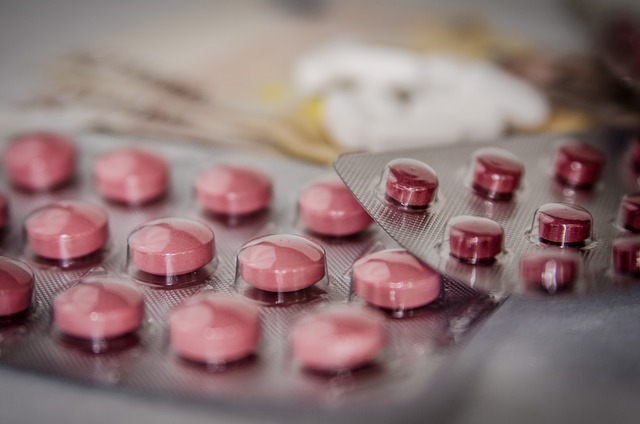
Proceeding, the potential for drug interactions and contraindications when it comes to atorvastatin and simvastatin must be examined with care. These statins undergo similar metabolic pathways, which opens up possibilities of identical interactions with various substances, including:
Anticoagulants
Potent inhibitors of CYP3A4 enzyme system
Fibric acid derivatives (fibrates)
Warfarin
Digoxin
Contraceptive pills taken orally
Safety from adverse drug reactions requires patients to fully disclose their use of any medications, vitamins, herbal remedies, or supplements they consume to their healthcare provider or pharmacist. Such discussions about possible drug interactions and contraindications are critical in safeguarding patient health. In essence, managing cholesterol levels using statins involves collaborative engagement between you as a patient, your doctor, and occasionally the expertise of your pharmacist.
Potential Interactions with Other Medications
Exercise caution when administering atorvastatin and simvastatin alongside certain other medications. For example, dosage adjustments or increased monitoring may be required when these statins are used concurrently with protease inhibitors or additional statin drugs. This highlights the importance of tailored treatment approaches in effectively and securely managing cholesterol levels.
It’s essential to take medication and do so correctly and safely. Vigilant attention must be paid to potential interactions between your prescribed statin therapy and any other medicines you might be taking.
Grapefruit Juice and Statins
Discussing grapefruit, it’s important to note that this tasty citrus can disrupt the metabolic process of certain statins, causing an elevation in their blood levels and potentially leading to an increased risk of side effects. Individuals taking Zocor—known generically as simvastatin—should steer clear of grapefruit juice and the fruit itself.
Although it may appear insignificant, such minutiae are critical when managing your treatment with statin therapy. So bear in mind that whenever a glass of grapefruit juice tempts you while on these medications, you should opt for another variety of citrus treats.
Lifestyle Considerations and Statin Use

When endeavoring to manage cholesterol levels using statin therapy, particularly with atorvastatin and simvastatin, the influence of lifestyle choices cannot be overstated. Diet and alcohol intake have a profound effect on both the efficacy of these drugs and their associated risks. While moderate drinking may not interfere with statins, excessive alcohol use can exacerbate complications, especially in patients who already have liver disease.
In conjunction with controlling alcohol consumption, maintaining a diet that is low in saturated fats and cholesterol is crucial for those undergoing treatment with statins. Such dietary vigilance bolsters the positive impacts of atorvastatin or simvastatin therapy while reducing potential adverse effects.
Dietary Impact on Treatment
Patients on statin therapy should adhere to a heart-healthy diet, such as the one endorsed by the Mediterranean Diet or proposed by the American Heart Association. These diets emphasize the consumption of whole foods and those that are minimally processed; for individuals, taking statins, including soluble fiber-rich foods like oats, barley, and specific fruits and vegetables, can be particularly advantageous in reducing blood cholesterol levels.
It is encouraged for patients under statin treatment to integrate unsaturated fats into their diet—especially omega-3 fatty acids—which have been shown to assist in lowering cholesterol. Opting for leaner cuts of meat and limiting the intake of processed meats can also enhance the dietary impact on managing blood cholesterol levels. It’s important to note that dietary choices play a crucial role in maximizing the efficacy of your statin therapy regimen.
Alcohol Consumption Guidelines
Delving deeper into the interaction between statin therapy and alcohol consumption reveals potential risks. When patients on simvastatin blend their medication with alcoholic drinks, they may face an elevated chance of encountering liver issues. It is crucial for those undergoing treatment with this statin to moderate their drinking habits to diminish such risks.
That said, total abstinence from alcohol isn’t a necessity. Practicing restraint is critical. Enjoying wine during your evening meal can usually be considered safe. The main concern lies in overindulgence in alcohol, which could jeopardize health outcomes. Striking a careful balance ensures both the efficacy and safety of your statin therapy regimen remain uncompromised.
Navigating Cost and Accessibility
When considering medication, affordability, and availability are crucial factors. Fortunately, atorvastatin and simvastatin can both be purchased as generic medications, often leading to lower prices and better accessibility for patients. These generic versions of Lipitor (atorvastatin) and Zocor (simvastatin) are included in Medicare and insurance plan coverage. Obtaining Zocor might sometimes necessitate prior approval.
Despite this inclusion in most health plans, the amount a patient pays out-of-pocket for atorvastatin or simvastatin can differ significantly depending on their specific insurance policy details, where they live, and which pharmacy they opt for. At the total price, without any discounts or assistance programs applied, a person could pay approximately $250 for atorvastatin or up to nearly $470 for simvastatin. However, with available discount coupons or cards, these costs could decrease substantially—to about $15 for the former and under 10 dollars for the latter—making them much more economical options.
Understanding Insurance Coverage and Costs
To effectively manage the financial aspects of your statin therapy, being well-informed about your insurance benefits is beneficial. Insurance policies, including Medicare Part D plans, typically cover atorvastatin and simvastatin. Patients must pay a copay for atorvastatin from free to $16. In contrast, the copay for generic simvastatin falls between nothing and $9 — suggesting that simvastatin may offer opportunities for cost savings.
Online services offer discounts on thousands of generic medications. This includes reductions in the price of generic simvastatin, which can reduce patients’ costs. Consequently, healthcare providers may consider transitioning patients from atorvastatin to its more economical counterpart, generic simvastatin, to alleviate some of the financial strain associated with medication expenses.
Maximizing Savings with Prescription Discount Cards
Patients can use prescription discount cards to save considerable money on medications, including atorvastatin and simvastatin. Substantial prescription discounts have also been observed when patients use certain telehealth services. For example, the NiHowdy platform offers a top-tier prescription discount card that reduces prices and gives users an additional 3% back in Bitcoin for every medication purchase.
As such rewards accumulate from using NiHowdy’s prescription discount program, their increasing value could help individuals counterbalance healthcare expenditures and significant expenses encountered throughout life. Consumers benefit from immediate cost reductions on necessary medicines and from accumulating valuable bonuses over time — it’s akin to enjoying the benefits of a purchase while simultaneously investing for future gains.
Long-term Management and Monitoring
Embarking on a regimen of statin therapy, such as with atorvastatin or simvastatin, means committing to an ongoing process. It’s crucial for adults undergoing this treatment to have their cholesterol levels checked regularly to confirm the therapy is effectively regulating these levels. Adjustments in the statin regimen should be considered periodically, considering each individual’s risk profile for ASCVD rather than focusing solely on lipid-level goals.
To ascertain both the safety and effectiveness of statins over time, various laboratory tests are conducted, including measurements for:
Total cholesterol
HDL (high-density lipoprotein)
Triglycerides
Several apo-lipoproteins
Enzymes indicating liver function
Muscle enzymes that may signal side effects
It is acknowledged that Zocor (simvastatin) requires long-term usage, which also involves routine checks to maintain its efficiency in controlling cholesterol over an extended period.
Regular Health Screenings
Health screenings play a pivotal role when undergoing statin therapy, acting as an indispensable tool in managing treatment. Conducting initial lipid panel tests followed by periodic testing after commencing statin therapy is vital to track the compliance with and success of the regimen.
Just like a compass aids navigation, these assessments provide critical insights that steer your therapeutic strategy. The data derived from such tests empowers your healthcare provider to fine-tune your medication if needed, facilitating your effective reaching of health objectives.
Adjusting Therapy Over Time
Embarking on statin therapy may necessitate changes along the way. The prescribing physician will tailor the choice of statin to fit each individual, making adjustments based on a patient’s specific reaction to the treatment. If a patient fails to see expected reductions in LDL-C or cannot tolerate the prescribed dose, modifications might be required.
For patients who find high-intensity statins challenging, their regimen may be revised to incorporate moderate-intensity statin use instead. Such alterations are essential for balancing adverse effects against maintaining desirable cholesterol levels consistently.
The ultimate objective remains to attain an ideal balance where you reap the rewards of reduced cholesterol from your statin therapy while experiencing minimal adverse reactions.
Summary
It’s important to underscore the main points covered in this article. Both atorvastatin and simvastatin are critical players in the statin therapy arena, extensively used for their ability to regulate cholesterol levels and diminish the chances of cardiovascular events like heart attacks or strokes. Atorvastatin stands out due to its heightened efficacy in lowering cholesterol.
Yet, determining which statin is most suitable is highly individualized. It depends on specific health considerations, lifestyle habits, and susceptibility to adverse effects. Managing your treatment with statins should be a collaborative process that includes you working alongside healthcare professionals such as doctors and pharmacists. Be diligent about regular health evaluations, stay alert regarding potential drug interactions associated with these medications, and actively maintain your cardiac wellness through well-informed choices!
Frequently Asked Questions
How do atorvastatin and simvastatin work to lower cholesterol levels?
By inhibiting an enzyme within the liver that is essential for cholesterol production, atorvastatin and simvastatin effectively decrease LDL cholesterol levels.
Consequently, this assists in reducing overall cholesterol levels.
What are the potential side effects of atorvastatin and simvastatin?
Muscle pain and weakness are possible adverse effects of both atorvastatin and simvastatin. In extreme situations, these medications can lead to conditions such as rhabdomyolysis and immune-mediated necrotizing myopathy.
To ensure your well-being while taking these drugs, it is crucial to regularly consult with your healthcare professional to fine-tune your treatment plan when necessary.
Can I drink alcohol while on statin therapy?
Certainly, moderate consumption of alcohol is permissible when undergoing statin therapy. If you have liver disease, it is crucial to be aware that heavy drinking could significantly compromise your well-being.
It’s essential to keep a close eye on the amount of alcohol you consume.
How can I manage the costs associated with statin therapy?
By utilizing prescription discount cards, you can diminish the costs associated with statin therapy. Opting for generic versions of atorvastatin or simvastatin can lead to Savings, as these medications are frequently included in insurance coverage.
Implementing this strategy helps alleviate the economic strain imposed by statin therapy expenditures.
How often should I get my cholesterol levels checked while on statin therapy?
In order to effectively gauge the success of the treatment, it is essential to consistently undergo lipid panel testing initially and at subsequent intervals once you begin statin therapy.
